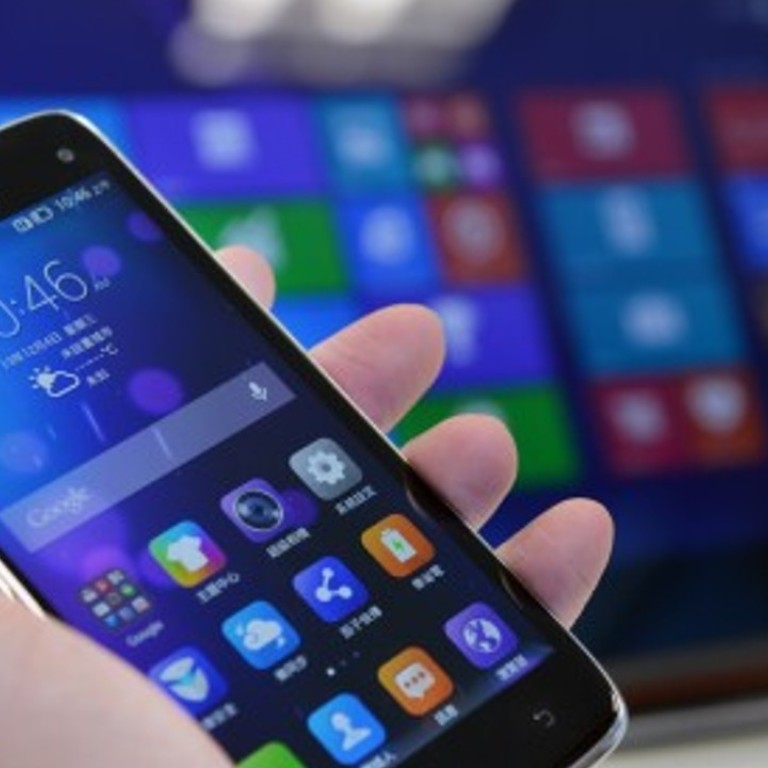
Hello Moto: China’s Lenovo to phase out Motorola and focus on dual-brand smartphone strategy
Company’s premium handsets will run under ‘Moto by Lenovo’ brand while lower-cost devices will fall under the ‘Vibe’ brand
Technology giant Lenovo Group is likely to ramp up its marketing spending this year, especially in mainland China, as its strategy for premium smartphones moves away from the venerable Motorola brand.
Analysts said the Chinese company will need that investment to stay competitive on the mainland, the world’s largest smartphone market, against aggressive domestic players with more visible handset brands, such as Huawei Technologies and Xiaomi.
READ MORE: China’s Lenovo working with Google on smartphone that can see in distances, measure virtual furniture to fit household nooks
Rick Osterloh, the president and chief operating officer at Motorola Mobility, said on Thursday on the sidelines of the Consumer Electronics Show in Las Vegas that Lenovo was pursuing a dual-brand strategy for smartphones.
“Moto by Lenovo” will now be the branding used on the company’s premium smartphones, while “Vibe” will be the brand for its lower-cost devices.
“We’ll slowly phase out Motorola and focus on Moto,” Osterloh said in a report by technology news site CNET.
The key for Lenovo is how to differentiate user experience against competitors, such as Apple and Huawei, in the high-end smartphone market segment
Lenovo had moved much faster in removing the IBM brand in the ThinkPad line of laptops, following its US$1.75 billion purchase of the US company’s personal computing business in May 2005.
In an official statement, Motorola Mobility pointed out that the “Motorola” brand name has not been used on the company’s products since the launch of the original Moto X smartphone in 2013.
“If Lenovo wants Moto as its flagship smartphone brand then it needs to invest a lot in terms of making that brand visible in its home market, where the competition is heated against other Chinese brands,” said Bryan Ma, a vice-president at technology research firm IDC.
“IDC data for smartphone shipments in China in the calendar third quarter show that about 99 per cent of Lenovo’s devices had its corporate brand name, not Moto. The reality is that Moto plays no significant part in the China smartphone market.”
On a worldwide basis, however, the acquisition of Motorola Mobility has enabled Lenovo to become a top-five global smartphone supplier.
In the third quarter last year, Lenovo saw an 11 per cent increase in global smartphone shipments to 18.8 million units, up from 16.9 million in the same period in 2014.
That was good enough for a 5.3 per cent global market share, slightly ahead of No 5 Xiaomi’s 5.3 per cent share.
Huawei took the No 3 spot with a 7.5 per cent share, behind Samsung Electronics and Apple.
“The key for Lenovo is how to differentiate user experience against competitors, such as Apple and Huawei, in the high-end smartphone market segment,” Forrester Research analyst Charlie Dai said.
“I believe that Motorola is still a great brand name for many buyers, especially in China.”
The restructuring will see its Motorola Mobility unit be responsible for designing, developing and manufacturing smartphones.
“I’m not sure brand matters much in smartphones outside of Apple,” Bernstein senior analyst Alberto Moel said.
“What Motorola brings to Lenovo is engineering and design capability. How far the brand takes them is just icing on the cake, I think.”

